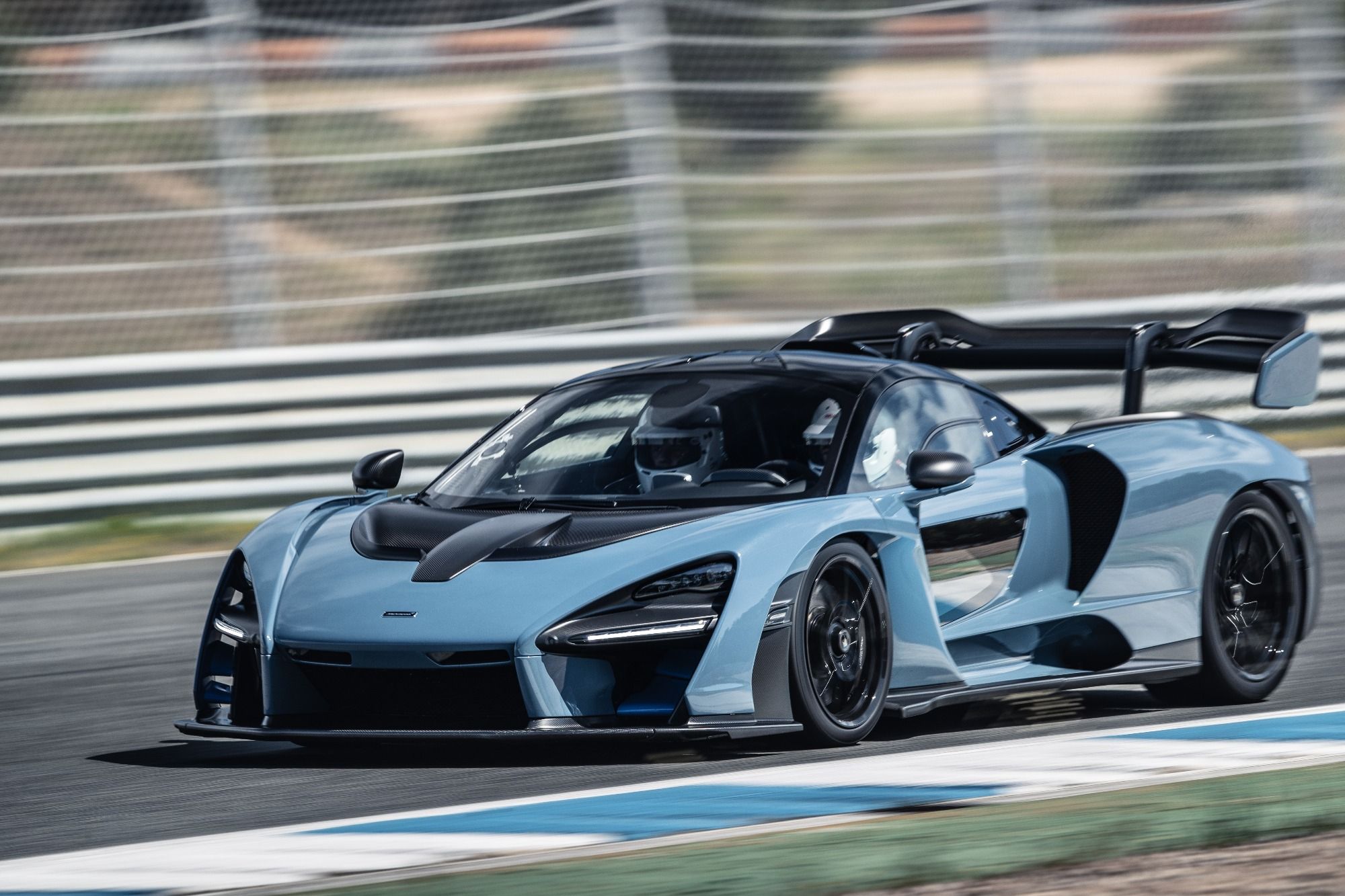
It's been a busy year for McLaren, with the unveiling of several new models including the practical GT and the stunning Elva speedster. But what's next for McLaren? In an interview with Car and Driver, the automaker's CEO Mike Flewitt revealed that McLaren is plotting a new next-generation hybrid supercar to rival the Aston Martin Valhalla and Ferrari SF90 Stradale.
With an all-wheel-drive model and an electrically driven front axle, the new hybrid supercar will rocket from 0-62 mph in just 2.3 seconds according to Flewitt – that's even faster than the 789-hp rear-wheel-drive McLaren Senna, which has an official 0-62 mph time of 2.8 seconds. For comparison, the Ferrari SF90 Stradale will do the same sprint in 2.6 seconds, so McLaren is seriously upping its game.
McLaren's next-generation platform and hybrid powertrain will be revealed in spring 2020, while the first car to utilize the new platform will debut before the end of 2020 and go on sale in the US in early 2021. Flewitt added that McLaren's entire lineup will be hybridized within three to four years using a plug-in-hybrid powertrain delivering around 15 to 20 miles of fully electric range.
The CEO claims the hybrid will be just 65 pounds heavier than current-generation McLarens. A lighter V6 engine will accompany the hybrid technology, but McLaren is expected to continue using turbocharged V8s with the hybrid system in its more expensive models.
Don't expect McLaren to go fully electric any time soon, however. Flewitt believes that current lithium-ion battery technology is too heavy, expensive, and lack the energy density to support McLaren's performance values. The CEO didn't rule out fully electric models completely, however, as Flewitt is more hopeful for solid-state battery technology, which he expects to be commercialized in 2023 to 2025. However, Flewitt suggested that a fully electric McLaren could still take 30 years to arrive.
Also don't expect McLaren to launch an Aston Martin DBX or Ferrari Purosangue rival, because the automaker still has no interest in joining the SUV bandwagon. "Why would we?" Flewitt said. "We don't have to." The CEO added that an SUV can't be built on McLaren's existing mid-engine architecture. As a result, McLaren would need to build a new architecture requiring an investment of up to $1 billion. "We'd never get a return on it," Flewitt said.
